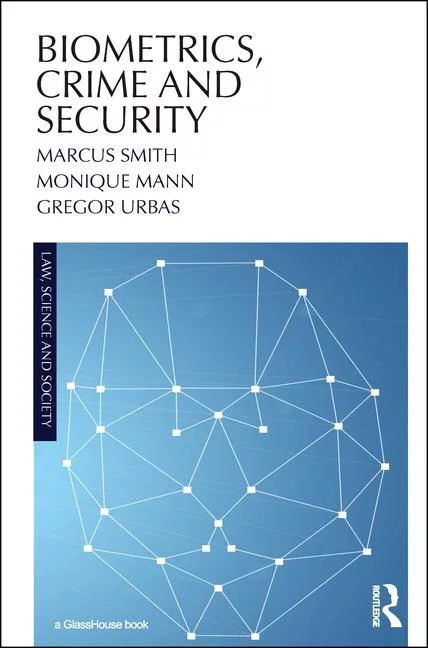The force of biometrics in post-pandemic financial services security

<a href='https://www.freepik.com/photos/business-card'>Business card photo created by lyashenko - www.freepik.com</a>
Biometric technology, and specifically its most modern iteration, facial recognition, has found its way into security systems essential to everyone. We rely on it to safeguard some of our most prized belongings, including our smartphones, laptops and now, with Apple Pay, even our bank accounts and credit cards. Security experts applaud facial recognition as one of the most secure and efficient means of authentication available today.
Why then, has the industry most hinged on security and identification – Banking, Financial Services and Insurance (BFSI) – been so slow to adopt this new wave of technology?
Marrying Progressive Security with a Legacy Industry Operating in a Complex Legal Environment
The world of banking, financial services and insurance is one built on history, legacy, risk management and a complex patchwork of state and federal legislations. More than most industries, the BFSI sector must take into consideration a wide number of contradicting factors, many imposed on them, often slowing down process improvements or the adoption of new technologies. The FINRA Rule 2090 (Know Your Customer) and anti-money laundering (AML) standards provide a telling illustration of how banks and other financial institutions have prioritized continuity in their security practices to satisfy the government’s specifications for doing work in the sector.
Unfortunately, the threats to security in this space are exactly the opposite: new and evolving every day. Risks from identity theft to payment fraud are now innovating at a pace the BFSI industry has struggled to protect against with its legacy practices, like using physical cards and passwords to access accounts.
Waking Up to a New World
Despite these long-acting forces, the COVID-19 pandemic over the past year has instilled changes in the way we live and work that has pushed the BFSI industry to begin rapidly adopting the latest biometric security solutions centered on facial recognition.
Suddenly a large proportion of customers were unable to physically visit branches of their bank, insurer or stockbroker to open accounts or speak to representatives. The industry needed a security solution that could be deployed quickly and remotely – authenticating the identity of individuals from their living rooms so they could carry out personal banking and insurance activities without putting themselves at risk of the virus. Flexible facial recognition solutions, with the ability to operate on any customer’s laptop or smartphone, have now found their way to a market eager to adapt.
Using highly tested AI-trained algorithms, facial recognition technologies have proven to be more secure than cards or passwords, which can easily be stolen or lost. It’s even more effective than fingerprints, which can be replicated through creative approaches.
The Future of Financial Services Identity Security
While the health concerns of entering physical financial establishments are due to dissipate in the near future, a wider trend of branchless banking has taken hold. Consumers have reported a growing preference to manage accounts and make changes through banking apps and websites to reduce the number of trips they have to make to physical locations. The need for secure, remote authentication is here to stay.
Meanwhile, legacy security processes have also added to a growing bill that financial institutions are ready to leave at the table. Some major financial institutions have reported spending up to $500 million annually on KYC and customer due diligence processes – a figure likely to shrink as adoption of facial recognition solutions increasingly takes place of inefficient, labor-dependent legacy identification processes.
Consumers are eager for a future where opening a bank or brokerage account doesn’t require three forms of cumbersome identity checks and passwords containing every letter of the alphabet. And financial institutions are becoming better and faster at adopting new security solutions that satisfy government regulations, are affordable and keeping customers satisfied. Facial recognition has entered the market as a solution poised to check all of the boxes.
Looking for a reprint of this article?
From high-res PDFs to custom plaques, order your copy today!







